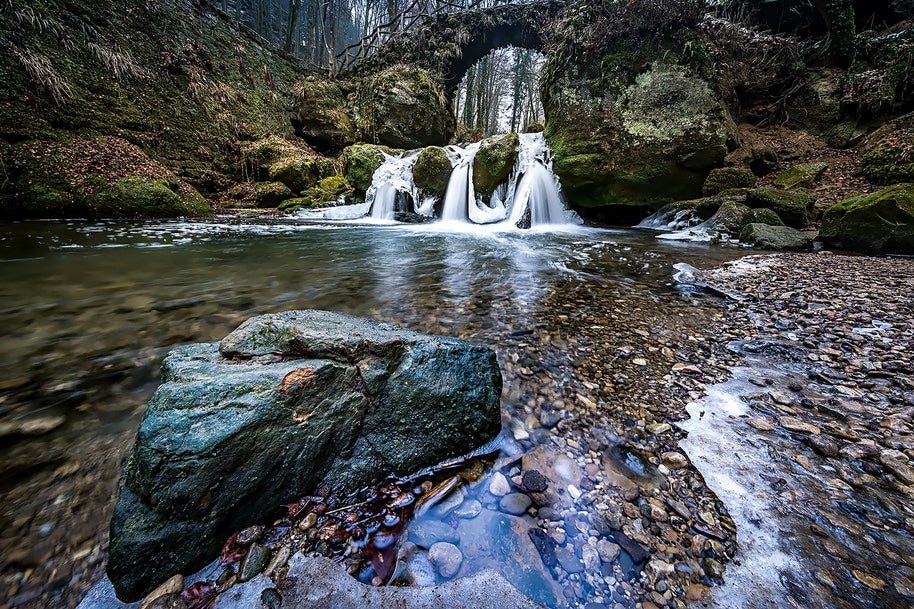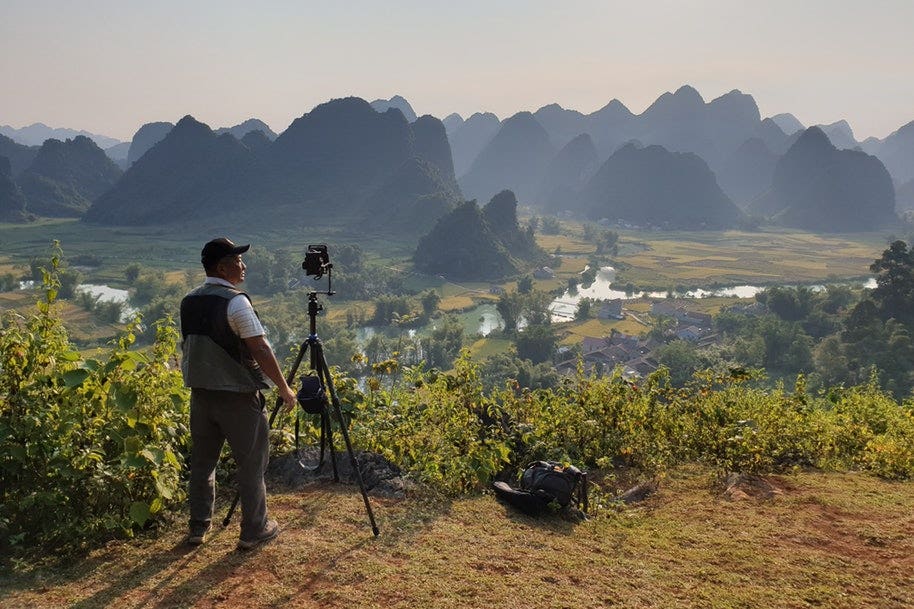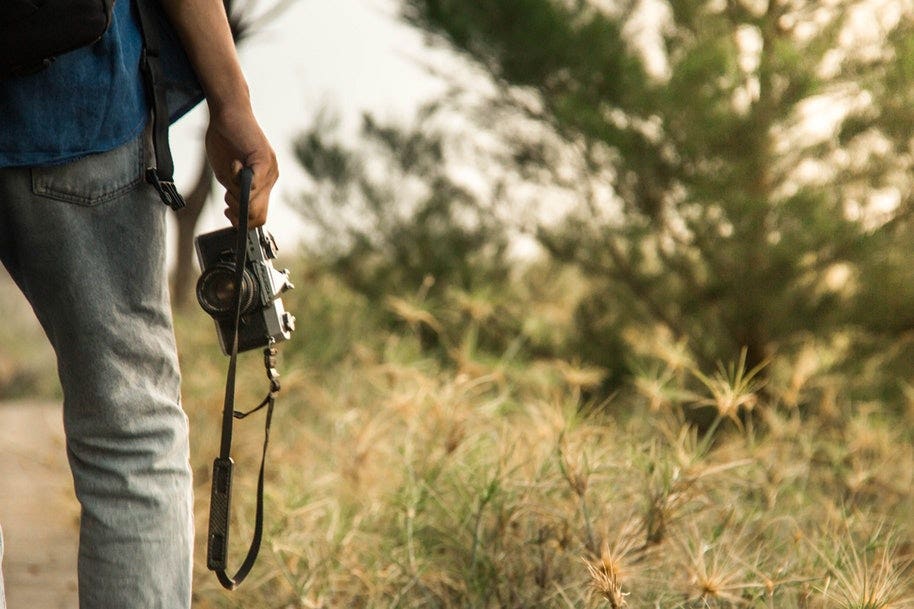Photographing captivating landscapes is always harder than it at first appears. Being at a nice location is only the first step. There are a multitude of other things you’ll want to think about to ensure you get the best out of any landscape.
Below we’ve described some of the most important things to consider if you want to make the most of your surroundings and equipment to get the best landscape photographs possible.
1. Achieve Dynamic Composition
Composition is a key element in successful landscape photography. Placing the elements artistically within the frame ensures that you’re doing more than just taking a snapshot of a beautiful place.
Use compositional rules such as the rule of thirds, patterns and leading lines to ensure the image stands alone and doesn't solely rely upon the beauty of the scene to draw in the viewer.

2. Find the Right Light
Landscape photography is as much about light as it is about composition or location. In the wrong light, even the most wonderful location can appear ordinary in a two-dimensional image.
Be sure to use the warmth of early morning and late afternoon light to illuminate and enhance your landscapes. Harsh, overhead light is rarely complimentary to a scene.
3. Don't Forget Your Filters
Lens filters like polarisers are essential for saturating colour and enhancing skies. They also do a fantastic job of protecting your camera lens.
Neutral density graduated filters can dramatise skies and also balance out radical differences of exposure between foreground and background.
Warming filters are also great for enhancing the natural warmth of morning and afternoon light.

4. Consider the Foreground Interest
A foreground element is often vital to maintain interest in the landscape image. These elements can vary from rocks and plants to trees, or even man-made objects.
5. Use a Tripod
Because landscape photography usually requires smaller apertures, shutter speeds may often be too slow to handhold, so mounting your camera on a tripod becomes necessary.
Also, using a tripod ensures you take the time to accurately compose, employ filters, set exposures and select lenses.
6. Use a Wide-Angle Lens
Wide-angle lenses dramatise a landscape by visually expanding the distance between elements in the frame. They’re particularly valuable when you use them with foreground interest to draw the viewer in through the frame.
7. Use Depth of Field Techniques
Sharpness is absolutely necessary for most landscape photography. Most landscapes ensure sharpness by using small aperture settings like f16 or f22.
In this way, the eye is drawn through the scene because it naturally searches for sharp elements within the frame.
On the other hand, minimising depth of field can successfully draw the eye away from elements within the scene that are inescapable inclusions, yet not necessarily attractive.

8. Play with Exposure
It’s often wise to disagree with the meter in your camera. By exposing for highlights or shadows in the frame, you can highlight certain elements in the scene that you want the viewer to see, while hiding others you want ignored.
Also, these exposure methods ensure the image appears differently to how it’s seen by the human eye.
9. Use Telephoto Lenses
Telephoto lenses not only bring things closer, they also compress the distance between elements in the frame. By doing so they create images that differ from the standard viewpoint of the human eye.
10. Change Up the Perspective
The term landscape is often used to mean horizontal format. Landscaped photography often calls for this kind of perspective, but it’s not a hard and fast rule.
For all you know, you could create something spectacular with a vertical or portrait format, especially if you're using wide-angle lenses, shooting from lower viewpoints and including foreground interest.
Have Fun With Landscape Photography!
The most important aspect is to have fun with landscape photography, enjoy the view and learn new techniques.
Of course, it's always important to have a quality camera kit if you're wanting to take stand-out photos. Browse Camera House's range of camera products online today to build out the ideal landscape photography kit!
If you're looking for more tips and tricks to elevate your landscape photography, talk to the experts in-store at Camera House and check out our video below:
